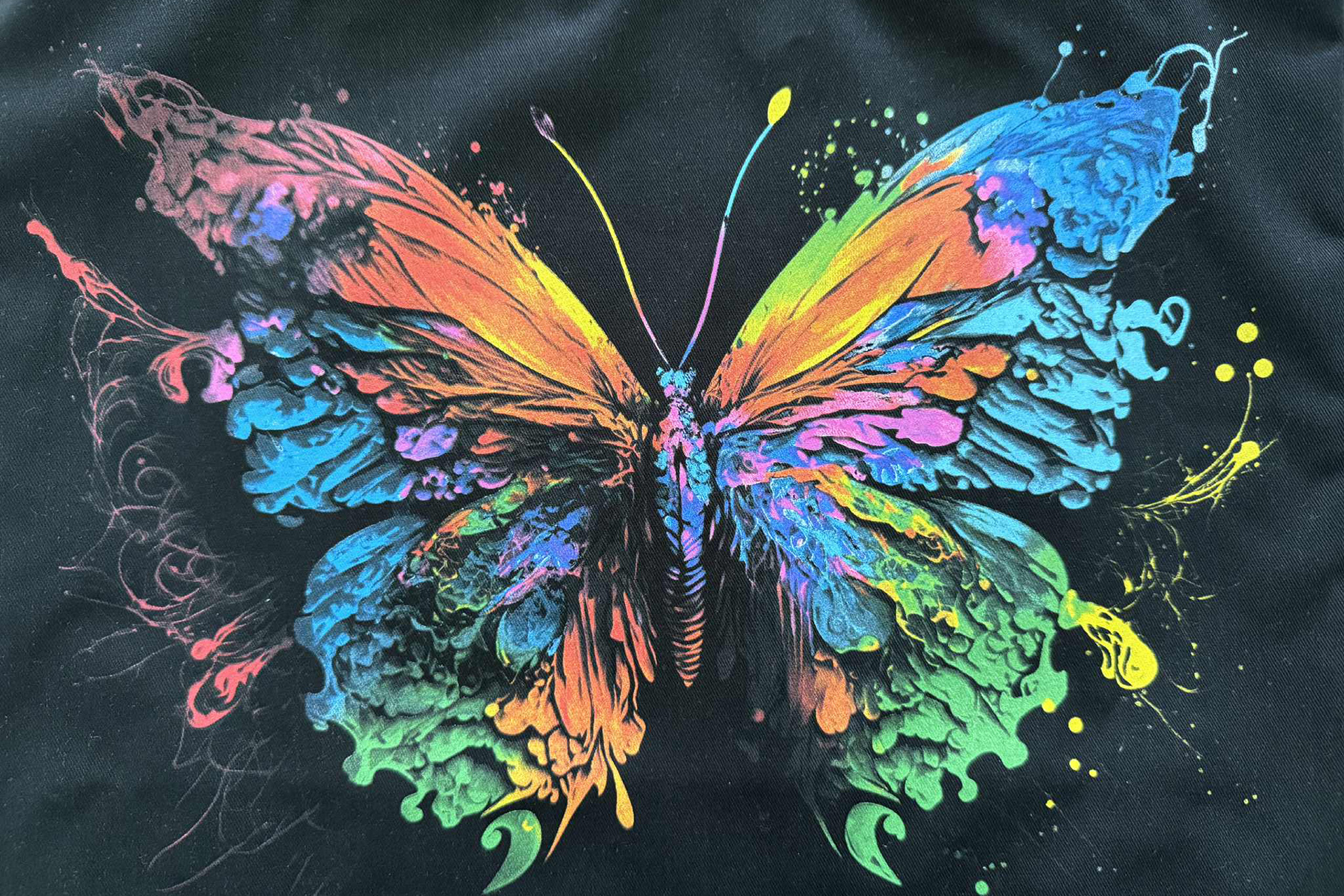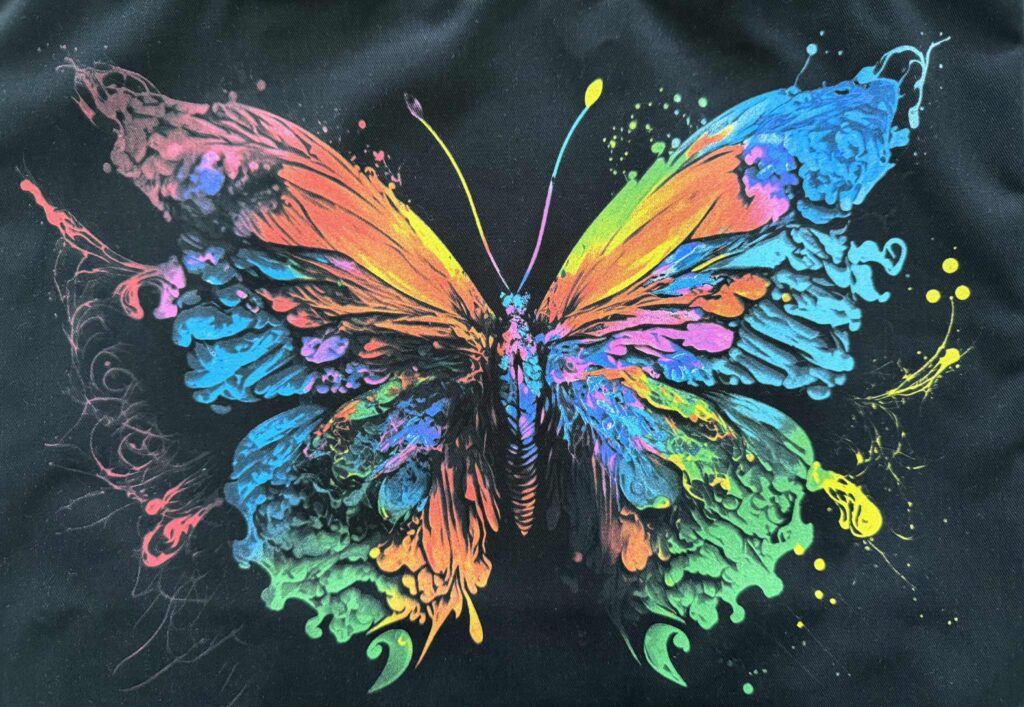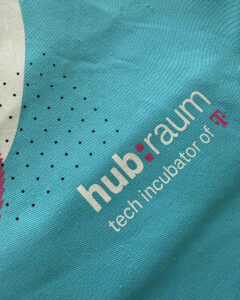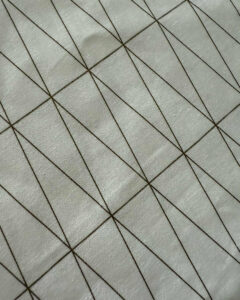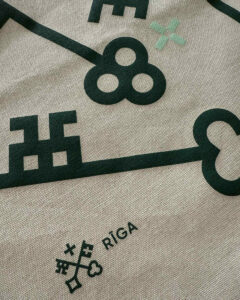Screen printing is a well-known and one of the oldest textile printing methods. Screen printing is a printing technique in which the printing form is a stencil applied to a fine mesh made of woven, metal, or synthetic fibers. Screen printing involves forcing ink through a matrix. Screen printing is an effective, economical method of printing on textiles for large quantities. The finished print is cured, dried, and heat-set. We print screen prints in up to 16 pure Pantone colors, as well as multi-color CMYK prints using this technique.
We screen print both finished products and pre-cuts before sewing, allowing us to print the entire product, from bleed to bleed. We use both water-based and plastisol inks for screen printing.
Where is screen printing used?
- clothing – printing on T-shirts, sweatshirts, and cotton bags
- advertising – posters, stickers, gadgets
- art – limited edition graphics, artistic posters (serigraphy)
COMPARISON: DTG VS. SCREEN PRINTING VS. DTF
PRINTING TECHNIQUE
DTG
(DIRECT TO GARMENT)
(DIRECT TO GARMENT)
SILKPRINTING
DTF
(DIRECT TO FILM)
(DIRECT TO FILM)
minimum quantiy
1 piece
minimum 100 pieces
1 piece
unit cost
higher for smaller quantities
lower for higher quantities
medium
quality of the colours
Very good, photographic
very good, vivid colours
very good, high sharpness
print durability
average- good
very durable ( washing resistant)
good- very good
trinting time
fast
longer ( preparation of the screens)
fast ( after preparation of the film)

